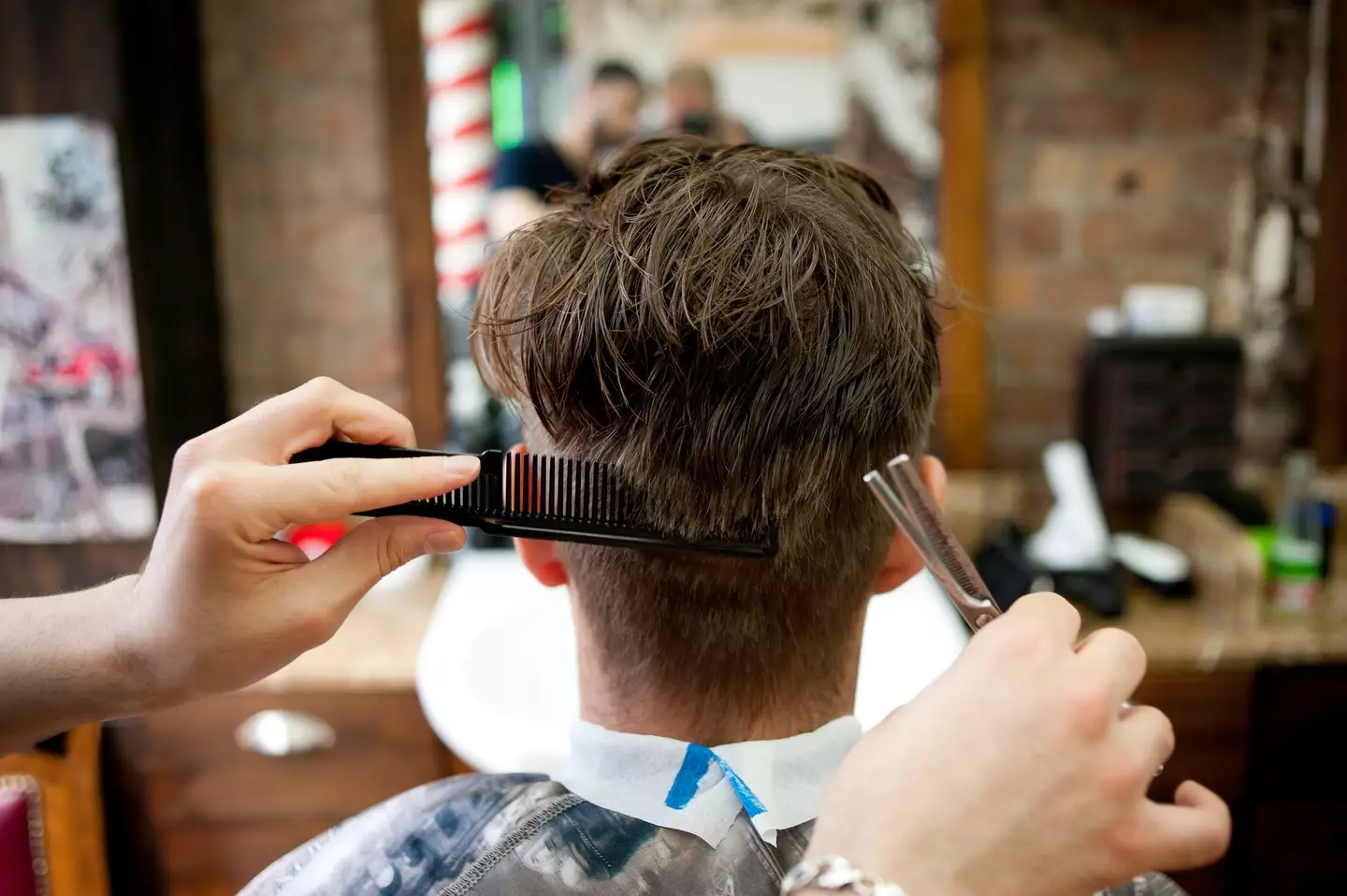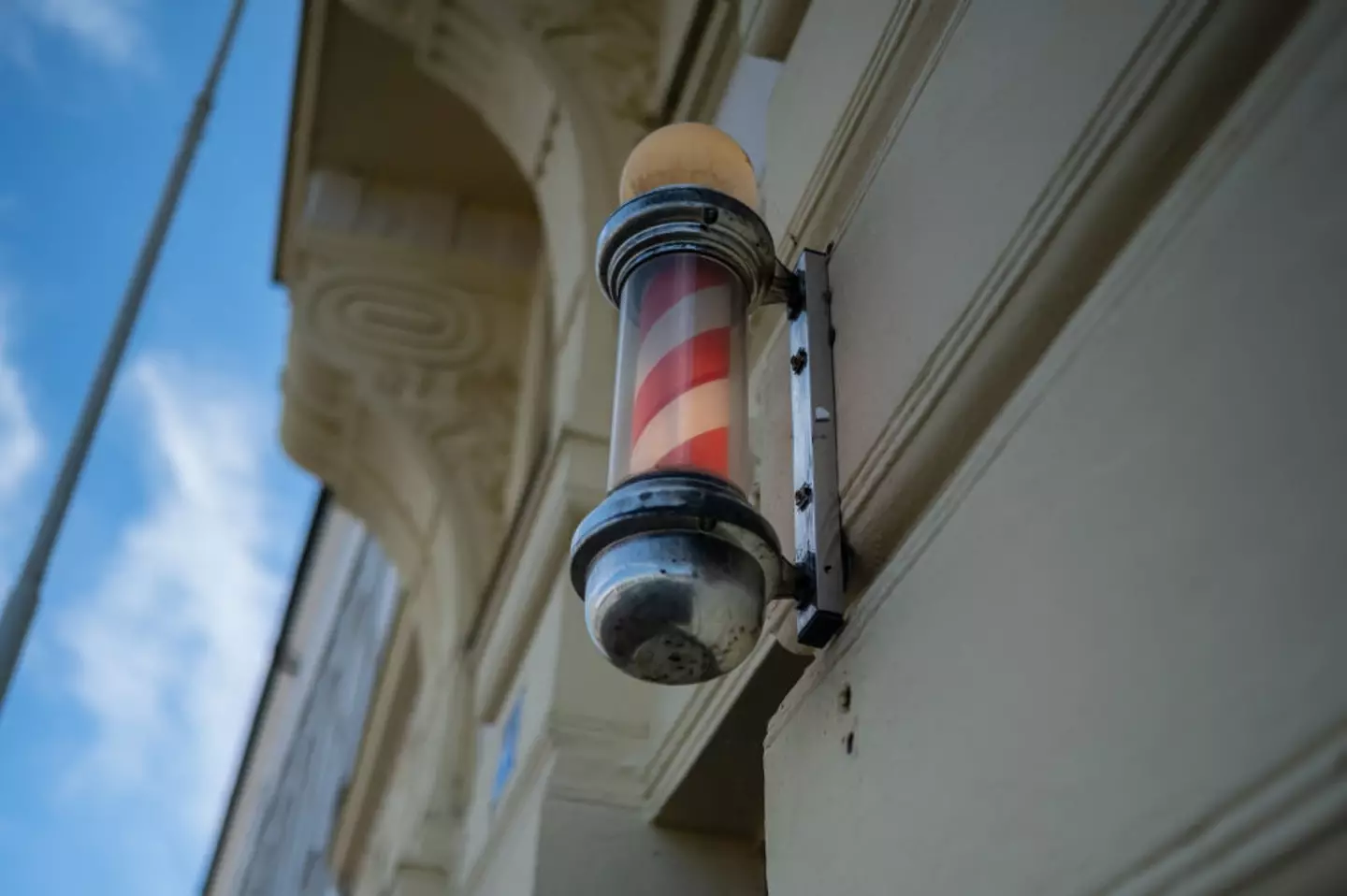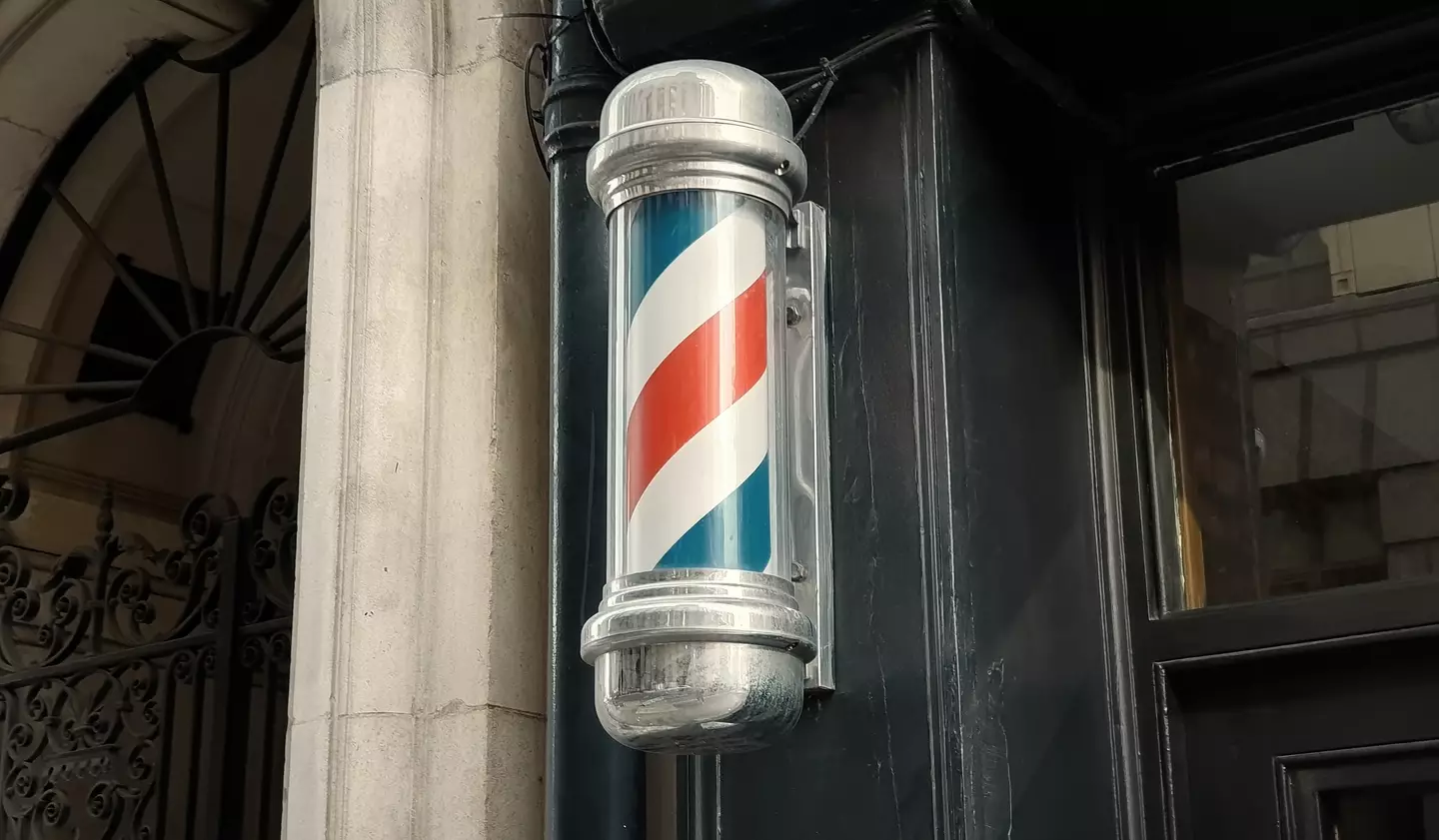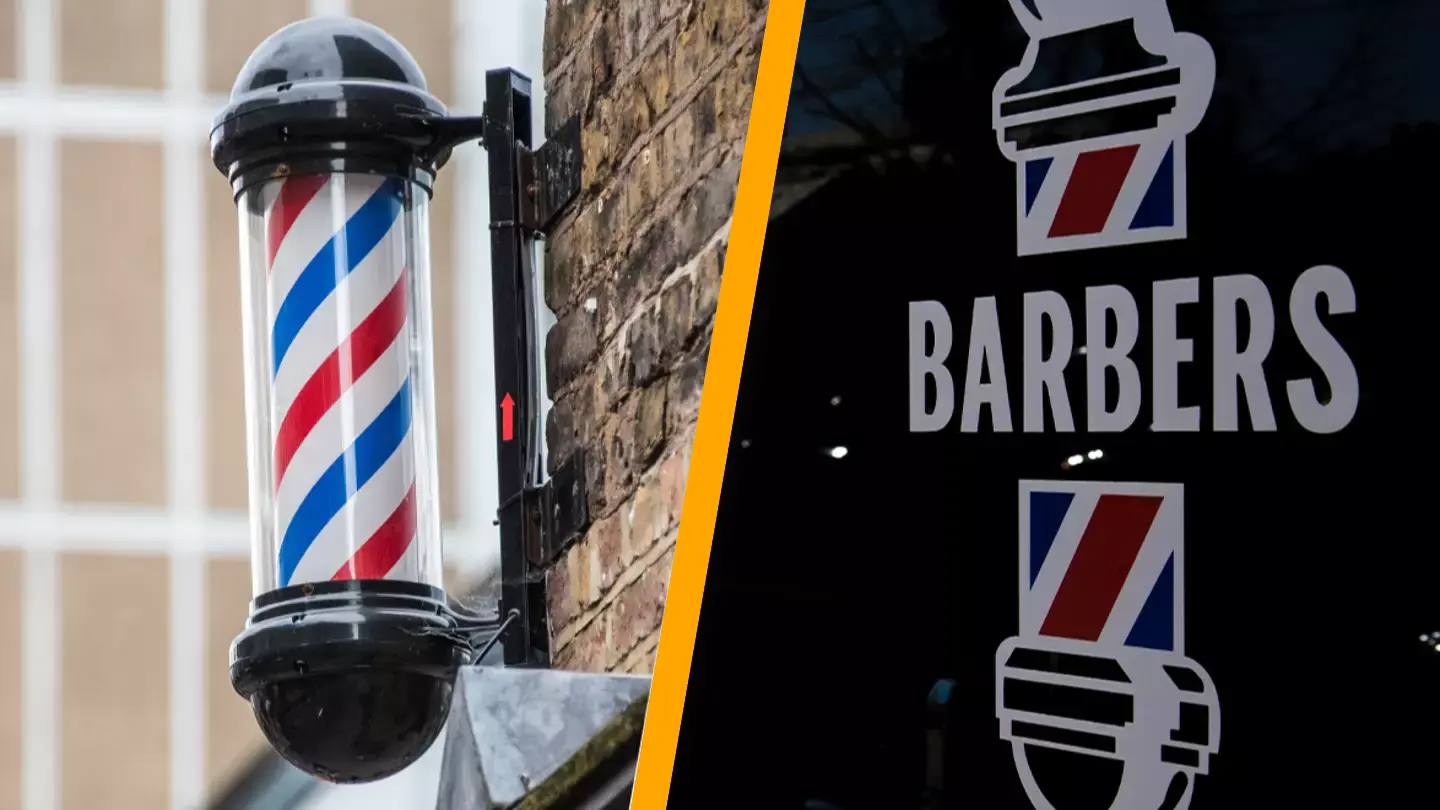Have you ever pondered the meaning behind the striped pole outside a barbershop? You’re definitely not the only one curious about this symbol.
The concept of barbershops as we know them reaches back to the 1800s. Notably, Truefitt & Hill in London, which opened in 1805, is acknowledged by the Guinness World Records as the oldest barbershop in the world.
The red, white, and sometimes blue striped pole is a familiar sight at traditional barbershops.

These poles have become quite common, so many people may not have considered their meaning; however, if you’re curious, the story behind this barbershop icon is rather grim.
In times past, barbers did more than just cut hair and trim beards; they also performed bloodletting and various medical treatments.
Bloodletting, if you’re unfamiliar, is a procedure that involves drawing blood from a patient to address or prevent health issues.
Although official barbershops began in the 1800s, barbering itself is believed to date back to ancient Egypt.
Historically, monks performed bloodletting, but after Pope Alexander III banned clergy from this practice in 1163, barbers began offering the service since they possessed the necessary sharp tools, as noted by History.com.

Barbers also expanded their medical services to include tooth extraction, bone setting, and wound care.
You might wonder how this relates to the striped barber’s pole. The red and white stripes are said to represent the blood that barbers once let—red for blood, and white for the bandages used.
In Europe, barber poles are traditionally only red and white, whereas in the United States, they often include blue.
There’s some ambiguity about the inclusion of blue; one theory is that it represents the veins cut during bloodletting. Another, less gruesome, theory is that blue was added for patriotic reasons to reflect the colors of the American flag.

The revelation about the origin of the barber pole has surprised many on Reddit, with users confessing that it’s new information for them.
One person wrote, “[Today I learned] that the barber pole became the universal symbol for barbers as it resembles the bloody bandages of ‘barber-surgeons’ of the past, who practiced bloodletting.”
This discussion prompted others to share various theories they’ve encountered, with one commenting, “The way I’ve heard it, red for blood, white for shaving foam, and in some cases, blue for water.”
Another added, “I heard it was literally just because movement catches the eye and it’s a simple design that draws your attention.”

